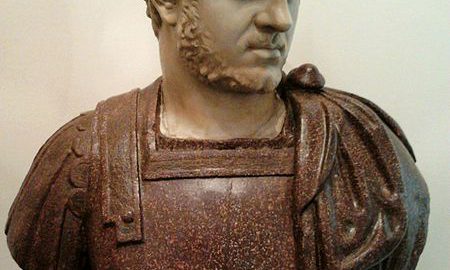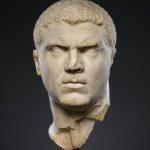In the years 215-216, Emperor Caracalla travelled through the Balkans, Turkey, and Syria to Egypt and Alexandria. The very expedition of Caracalla to the east was primarily of propaganda and sentimental nature, due to the adoration of the figure of Alexander the Great. It is also possible that the ruler’s entourage was making preparations for the planned Party expedition in the coming years.
According to the analysis of the ancient sources left as well as contemporary works and research, the author concluded that Caracalla carried out the first executions before entering Alexandria when a delegation of inhabitants welcomed him and demanded certain obligations from him. Initially, the ruler had a positive attitude and finally sentenced the people to death. Caracalla’s subsequent stay in Alexandria was associated with numerous administrative and judicial tasks. Caracalla also expressed his dissatisfaction with the city authorities, which had previously sent him further envoys. There was also some unrest during Caracalla’s stay (for example, the expulsion of “true Egyptians” from the city or the linen weavers’ revolt).
In April 216, numerous festivals and ceremonies took place. For the time of the planned deification of Caracalla, young men from the city were summoned to appear in a given place – from among them he wanted to choose the most magnificent men and include them in his phalanx, created in honour of Alexander the Great, and which was probably supposed to take part in the planned expedition to the Parthia. At the appointed time, thousands of young men appeared at the appointed place. With time, Caracalla left the assembly point, and there were unrest and fights between the soldiers of Caracalla and the young Alexandrians. Caracalla, who came again, considered it a rebellion and sentenced the young men to death and the city to a pogrom (the so-called Magna caedes). Roman soldiers burst into the city and began raping and looting.
Interestingly, however, Caracalla’s popularity, despite these events, was still high in the provinces; this was probably due to the previously issued Caracalla edict recognizing all free inhabitants of the empire as Roman citizens.







